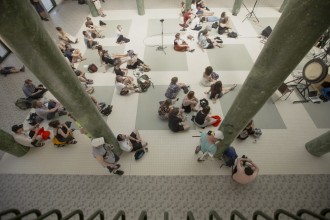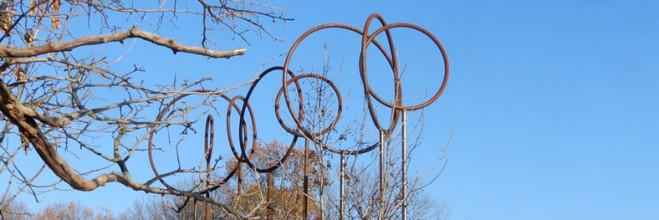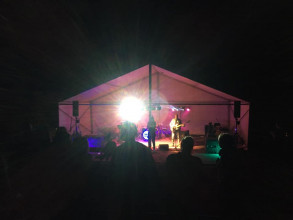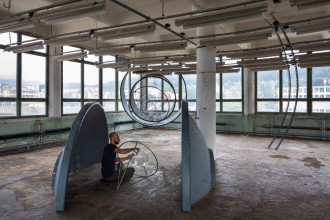Region
The Zlín region consists of three counties: Zlín, Uherské Hradiště, Kroměříž and Vsetín. The eastern, mountainous area of the Zlín region (White Carpathians, Javorníky and Moravian-Silesian Beskydy) constitutes the border with Slovakia. The landscape is hilly, and there are two natural reserves here: Beskydy and the White Carpathians, which contain a UNESCO biospheric zone with unique flora. The largest river is the Morava, and the region is very attractive for tourism, containing a wide range of natural, cultural and historical landmarks (mountains, spa towns, wine regions, historical monuments the remains of the former Great Moravia empire, as well as Baťa-era architecture, etc.). The region is associated with the fertile Haná area and has been stereotyped with the welcoming people of Slovácko and the hardy people of Valašsko. The level of cultural activity is very high, and Zlínsko is much celebrated for its traditional folk festivals. Along with the South-Moravian region, the Zlín region has the highest number of folklore collectives, and features the most folklore festivals in all of Czechia (ca 30 festivals).
The region’s main cultural center is Zlín. There is the Museum of Southeast Moravia with an exhibition presenting the era of Baťa industry. Zlín also has the Regional Gallery of Fine Arts in Zlín which exhibits contemporary art. This institution also organizes the Zlínský Salon Mladých which focuses on the most interesting works of artists under thirty years of age. Other notable galleries with a non-profit program are the Kabinet T., G18, Galerie Václava Chada, Garáž, or Komnata (a space placed at a local public transport stop). Another important institution is the Alternativa – Kulturní Institut Zlín working under the auspices of the municipality, and the Photogether Gallery which organizes lectures, exhibitions and concerts. A strong up-and-comer on the scene is the Zvěřinec multi-genre art society.
Another cultural center of the region is Uherské Hradiště. The city operates seven cultural houses, and a notable museum is the Museum of Moravian Slovakia along with its Gallery. There are three theaters, and the city is home to the annual Letní Filmová Škola, a festival during which the city celebrates film and offers a rich accompanying program.
Kroměříž is another notable cultural center, and its Archbishop’s Palace and neighboring gardens are part of the UNESCO world heritage. The Archbishop’s Gallery features a rare collection of Gothic and Baroque works. There is also the Museum of Kroměříž.
For the last ten years, the spa town of Luhačovice has been organizing the multi-genre festival Luhovaný Vincent. The same association organizing the festival is also the driver behind the Zvuková Mapa Luhačovic project which produces radio plays about the history of Luhačovice and its famous persons. Vizovické Trnkobraní is a great music festival which attracts all the region. Rožnov pod Radhoštěm features a unique open-air museum of Moravian-Wallachian culture, and is also home to the independent association Fujaré, as well as the 3. Etáž space in the former Brillo factory. Velké Karlovice have recently become the site of a new alternative film festival.






